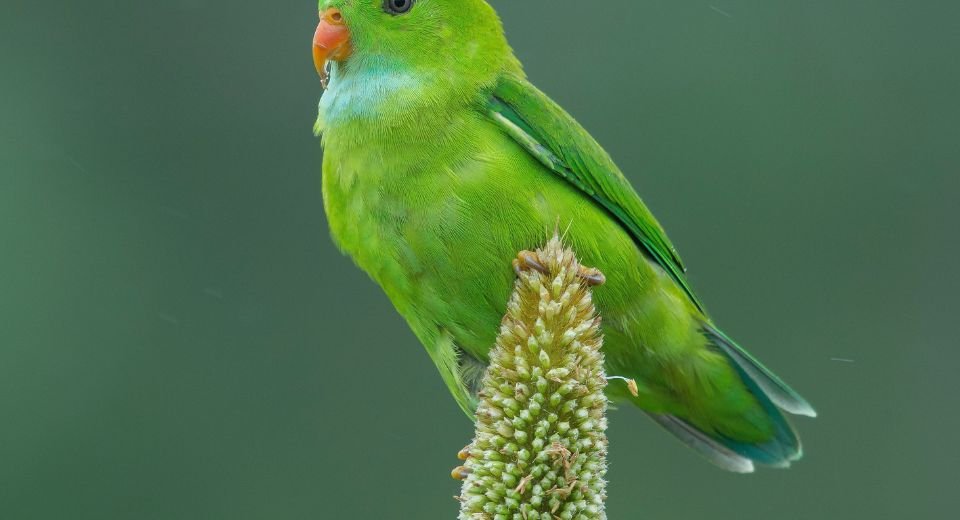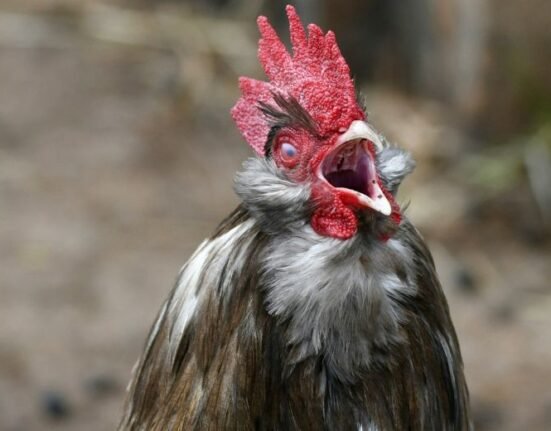By Dr. K. Leelamoni
November 30, 2023: The move to serve Indian millet-based food, to G20 leaders in New Delhi in September 2023 was received with surprise by many.
Compared to cereals like rice and wheat, millets were not given much significance and now they are considered as super food with high nutritive value.
After years of research, the UN and FAO recommend incorporating millet into the daily diet to tackle malnutrition.
The year 2023 was declared as the Inter National Year of millets by the UN General Assembly and the decision to provide millet-based food was most appropriate to project the rich culinary heritage of India to the world.
India’s millet delicacies range from ragi idli, millet pancakes, lamb and little millet soup, pearl millet peas soup, and cardamom-scented barnyard millet.
Cultivated in 130 nations
Millets are considered a traditional food for more than half a million people across Asia and Africa and are currently grown in more than 130 countries including India. They are coarse grains that are rich in proteins, vitamins, minerals and fibre.
Millets are considered “minor cereals” and are the world’s sixth most important cereal grains, which along with maize, sorghum, oats and barley are known as “coarse cereals.”
Compared to cereals, they have superior micronutrient profiles and bioactive flavonoids.
They have a low glycemic index and help prevent diabetes. The index shows how quickly a food affects your glucose level when that food is eaten on its own.
Sorghum, high in carbohydrates, is one of the staple crops for millions of semi-arid residents, It is also known as “The King of Millets.”
Iron, calcium,Zinc
Millets are good sources of minerals like iron, calcium and zinc. They are gluten-free and can be taken by those with diseases of gastro gastrointestinal tract like Celiac disease — a chronic digestive and immune disorder that damages the small intestine.
They have a beneficial effect on the prevention of hyperlipidaemia, a condition of high-fat levels in the blood, and help reduce the risk of cardiovascular diseases. Millets also fight excessive body weight.
The millets commonly grown in India include ragi (finger millet), sorghum (jowar), bajra (pearl millet), kangna (foxtail millet) and little millet. Of these ragi is the one which is used in almost all parts of the country.
My mother used to prepare tasty ragi porridge for my youngest sister. There was a lot of effort behind it.
Ragi has to be cleaned, and soaked in water, dried and powdered. It is then boiled and after adding milk and jaggery, it turns out to be a delicious weaning food for babies.
All of us elder children will be waiting to get a spoonful for us also. But now with varieties of ragi powder available in the market, the preparation has become much easier.
Finger millet’s acendency
The finger millet’s impressive nutritional profile has pushed up its usage for young adults and the elderly.
Ragi contains all the essential macronutrients like carbohydrates, fibres, fat and proteins. It is also a good source of key micronutrients like vitamins and minerals. It has only negligible levels of cholesterol and sodium which is good for the wellness of the heart.
It also contains considerable quantities of vitamins C and E which boosts immunity and skin and hair health. The B complex vitamins as well as minerals like calcium, magnesium, iron and phosphorus are also found in good amounts in ragi.
A serving of 100 mg of ragi provides about 385 calories, 25% carbohydrates, 10% proteins, 14% fibre, 26% calcium, 11% iron and 27% potassium.
Being gluten-free and fibre-rich, ragi serves as an alternative to other cereals and grains and can be considered a wholesome breakfast food.
Older adults should take only limited quantities of ragi, keeping in mind the chances of kidney disorders. Due to its high iron and calcium content, it can be consumed during pregnancy and lactation.
‘Millet Man of India’
All millets are rich in health-promoting ingredients and depending on the geographical areas of cultivation and according to the preference of the population, the type of millet used varies.
Thus while ragi is mostly used in Kerala, Karnataka, Tamil Nadu and Maharashtra, bajra and jowar are preferred in Rajasthan, Gujarat, Punjab and Haryana states.
Emerging as the heroes in the G20 menu, millets are rapidly getting an important place in our dining tables.
For this, we should be thankful for the efforts of Indian farmers and also for the research and studies of Dr Khader Vali — the ‘Millet man of India’. e has been engaged in reviving millets for the past few decades.
Today when I heard on the radio about the news of a millet festival to be organised in the southern city of Kochi next week, I was happy that more and more people will be exposed to the benefits of millets and will know the methods of preparing millet dishes suitable to our daily menu.
(The writer was a former Head of the Department of Community Medicine at the Government Medical College in Kozhikode and Thiruvananthapuram and worked at the Amrita Institute of Medical Sciences in Kochi.)









1 Comment